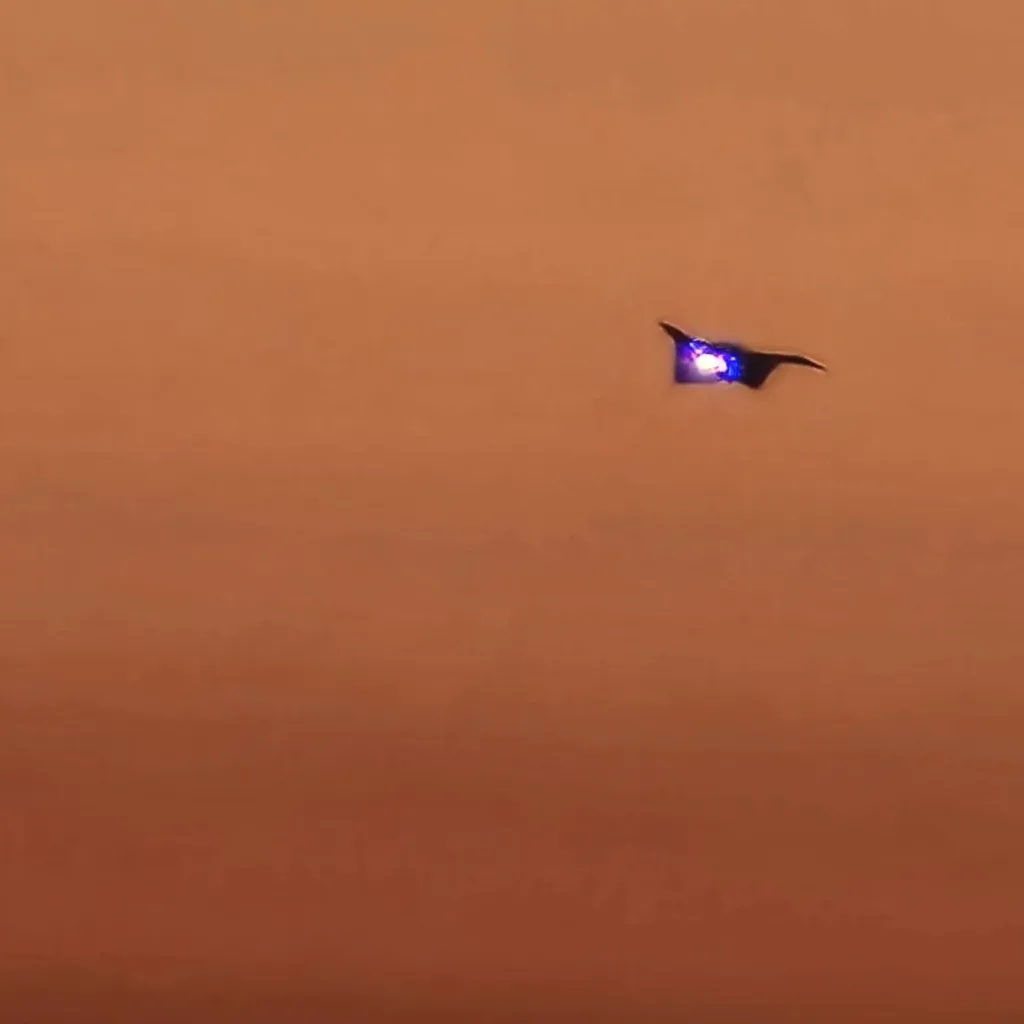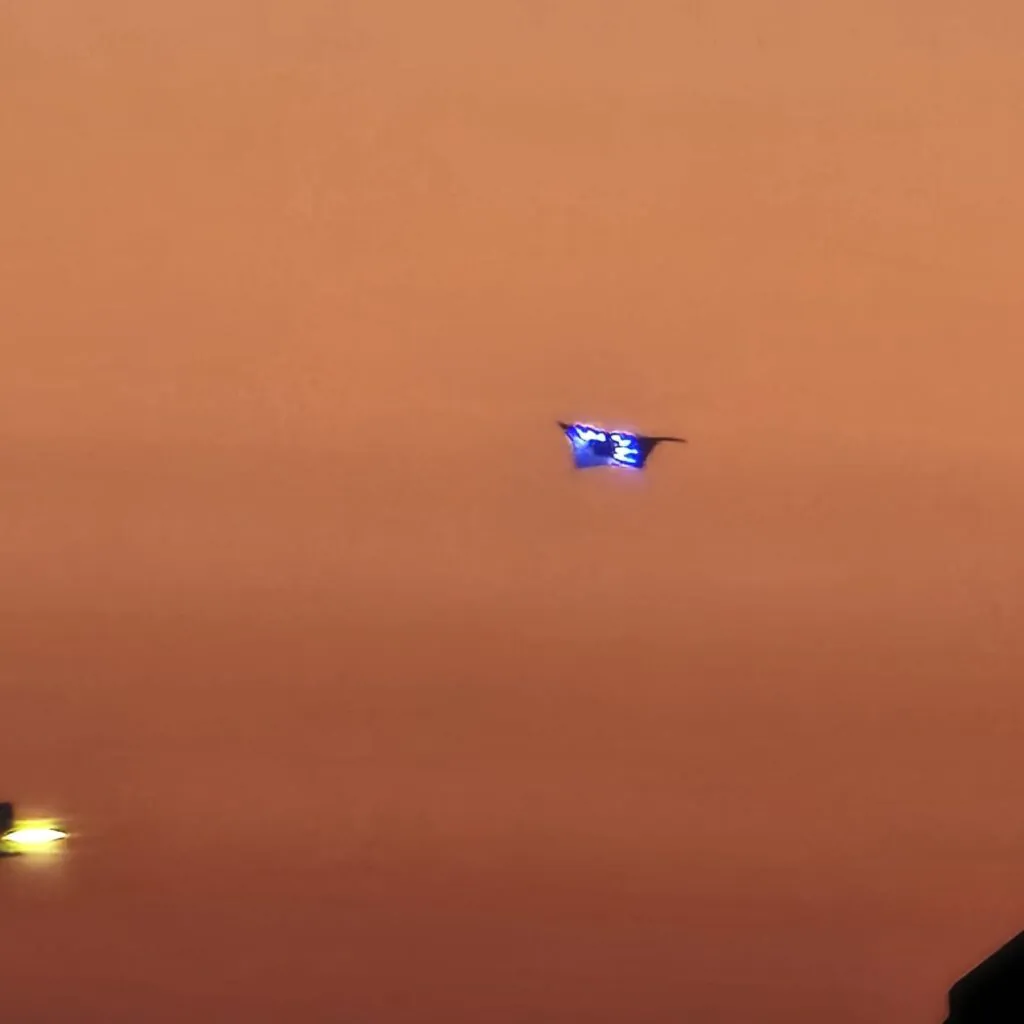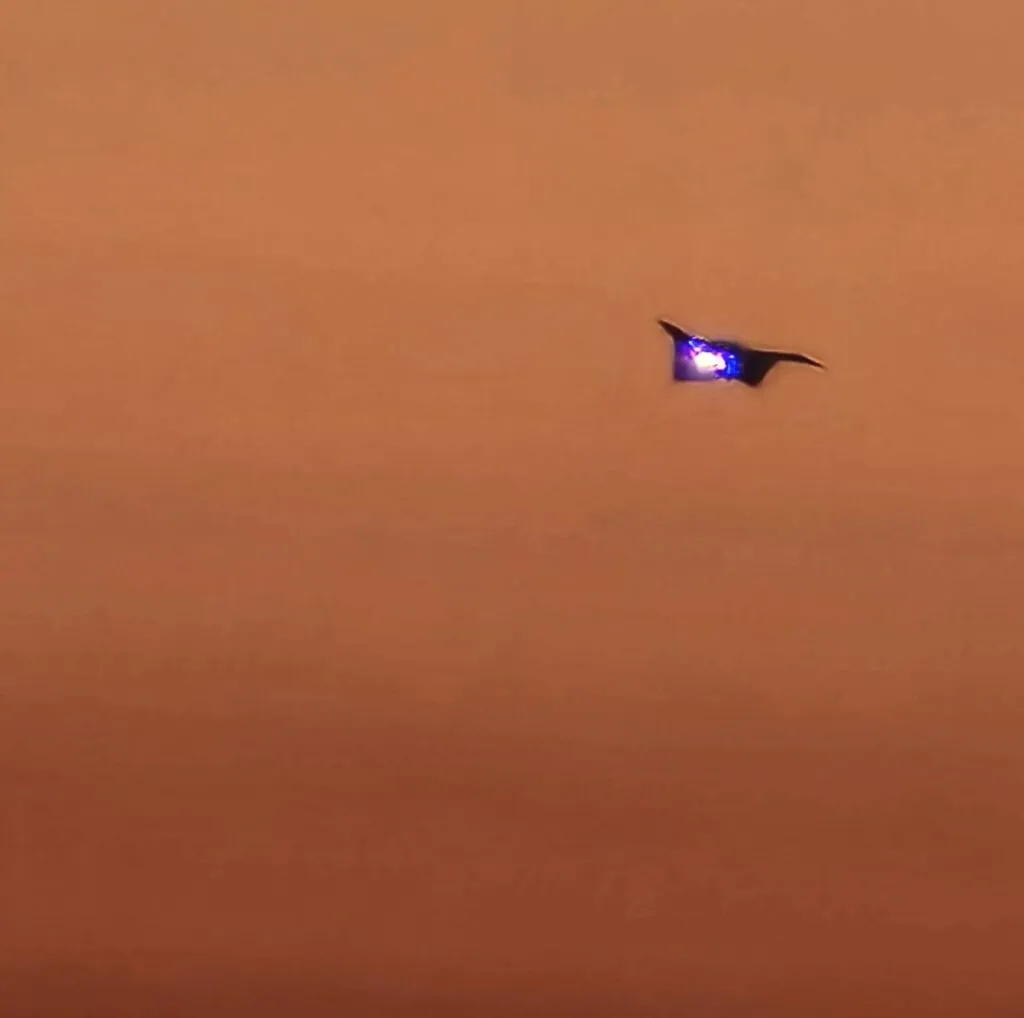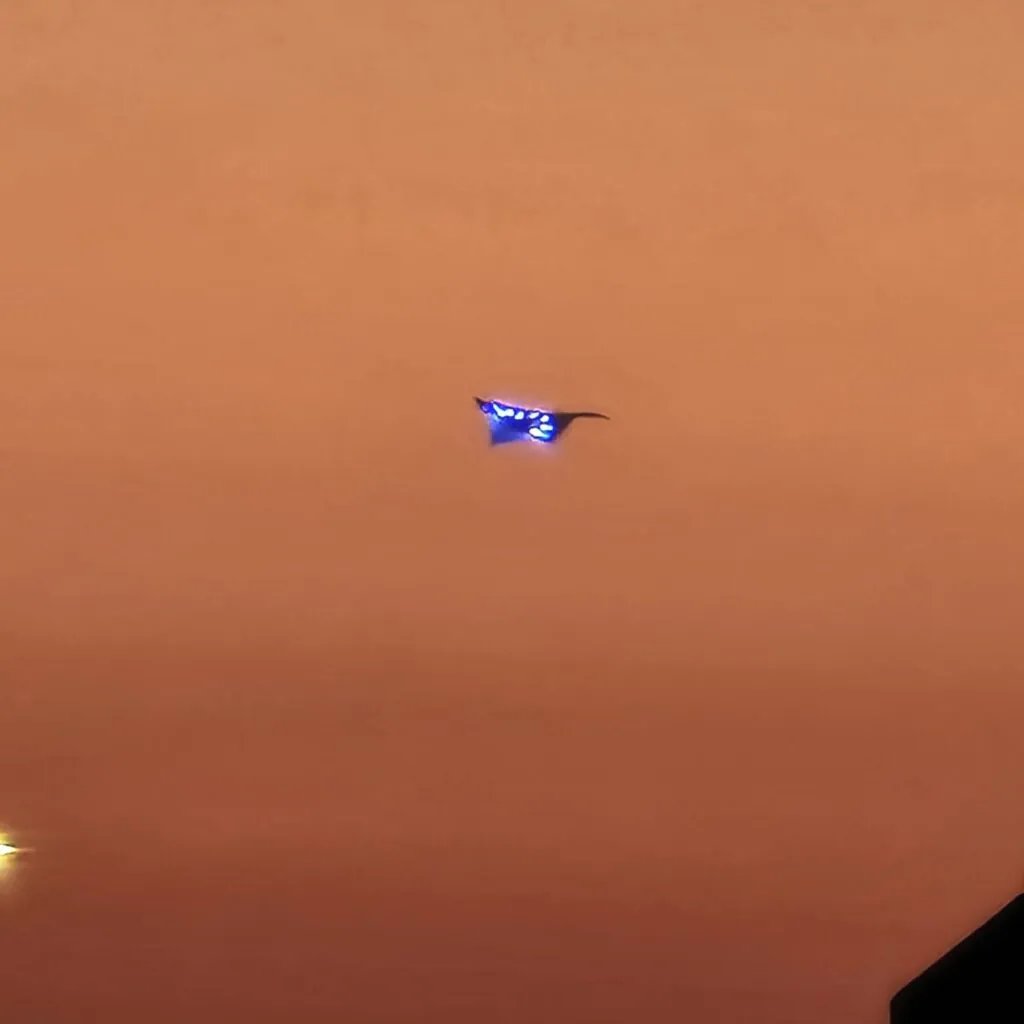The Great Deception

In an age where the skies above are filled with phenomena that defy logic and explanation, we find ourselves at the precipice of what many might call The Great Deception. Unidentified aerial phenomena (UAP) challenge our understanding of reality, yet our elected officials and institutions often dismiss these sightings, asking us to ignore what we see with our own eyes and focus on the grind of daily life. The accounts of researchers like Bruce Cornet and the insights of John Keel expose a hidden narrative—one that suggests the manipulation of perception and reality itself. Are we being deceived, not just by what is in the skies, but by the very systems that demand our trust?
Bruce Cornet, a geologist and researcher, was interviewed by journalist George Knapp about his observations and encounters with unidentified aerial phenomena (UAP). Cornet described incidents in the Hudson Valley where objects appeared to mimic conventional aircraft but were clearly not human-made. He recounted a night when, while out with a group, they observed lights that formed a cigar-shaped object cresting a ridge. As it crossed, the object extended wings and emitted a sound, all while the group followed in awe. Cornet, a scientist by training, described the experience as transformative, contrasting his initial skepticism with the compelling phenomena witnessed.
One striking encounter involved an object resembling a Boeing 707. The craft hovered, rotated 180 degrees, and flew over the group, its silhouette visible against the moonlit clouds. Cornet suggested such objects use camouflage to blend in, avoiding detection. He also shared instances of other craft, including a black triangle and a plane-like object that lacked engines yet illuminated unusually, further challenging conventional explanations.
Cornet discussed the artificial nature of sounds emitted by these craft. He performed frequency analyses and found the noises, while mimicking jet engines, were synthesized. His findings aligned with observations from Helen Cral, who noted these sounds could change mid-flight, manipulating perceptions. This manipulation extended to physical and cognitive environments, raising questions about the phenomena’s ability to alter observers’ interpretations.
Investigative journalist Tim McMillan added depth to this discussion, citing sources in intelligence and aerospace who suggested these phenomena might present themselves in forms comprehensible to human observers, rather than their true nature.
Source: jmkawooya
— Just (@Kobe_for_3) January 4, 2025
Location: 📍USA 🇺🇸
Great explanation on the UFO UAP Drones that are hovering over the cities all over the world…👀🛸
He has a high definintion camera with a high zoom so we can actually see what they really look like.
They are actually built like planes,… pic.twitter.com/hB9EJlXhqa
Previously in his book Operation Trojan Horse, John Keel discusses mysterious “unidentified airplanes” that defy conventional aviation rules and norms. These aircraft, often seen in UFO hotspots, lack identifying markings and are described as dull gray or black. Witnesses frequently report them flying unusually low at night with brightly lit cockpits—something atypical for conventional planes due to concerns about pilot visibility. Keel recounts a 1968 incident in Argentina where such a craft, with an elongated fuselage and disproportionately small wings, exhibited flight characteristics that contradicted basic aerodynamics. The airplane ignored communication from air traffic control, performed a sudden and precise 360-degree turn, and demonstrated abilities beyond what standard aircraft could achieve, leaving observers baffled. Keel refers to these aircraft as “pirate aircraft,” suggesting that they operate outside normal aviation laws and protocols. He describes them as part of a larger pattern of anomalous phenomena, hinting at their connection to the UFO mystery and their presence in regions with a history of unexplained aerial activity.



As the evidence of UAP encounters grows, so does the cognitive dissonance between what we witness and what we are told to believe. Bruce Cornet’s transformative experiences and John Keel’s historical accounts highlight a reality that seems deliberately cloaked in deception. Perhaps the greatest challenge lies not in understanding these mysterious craft, but in resisting the forces that urge us to look away, to doubt ourselves, and to remain distracted by the mundane. The truth, as it hovers just above us, demands our attention—if only we have the courage to look.

